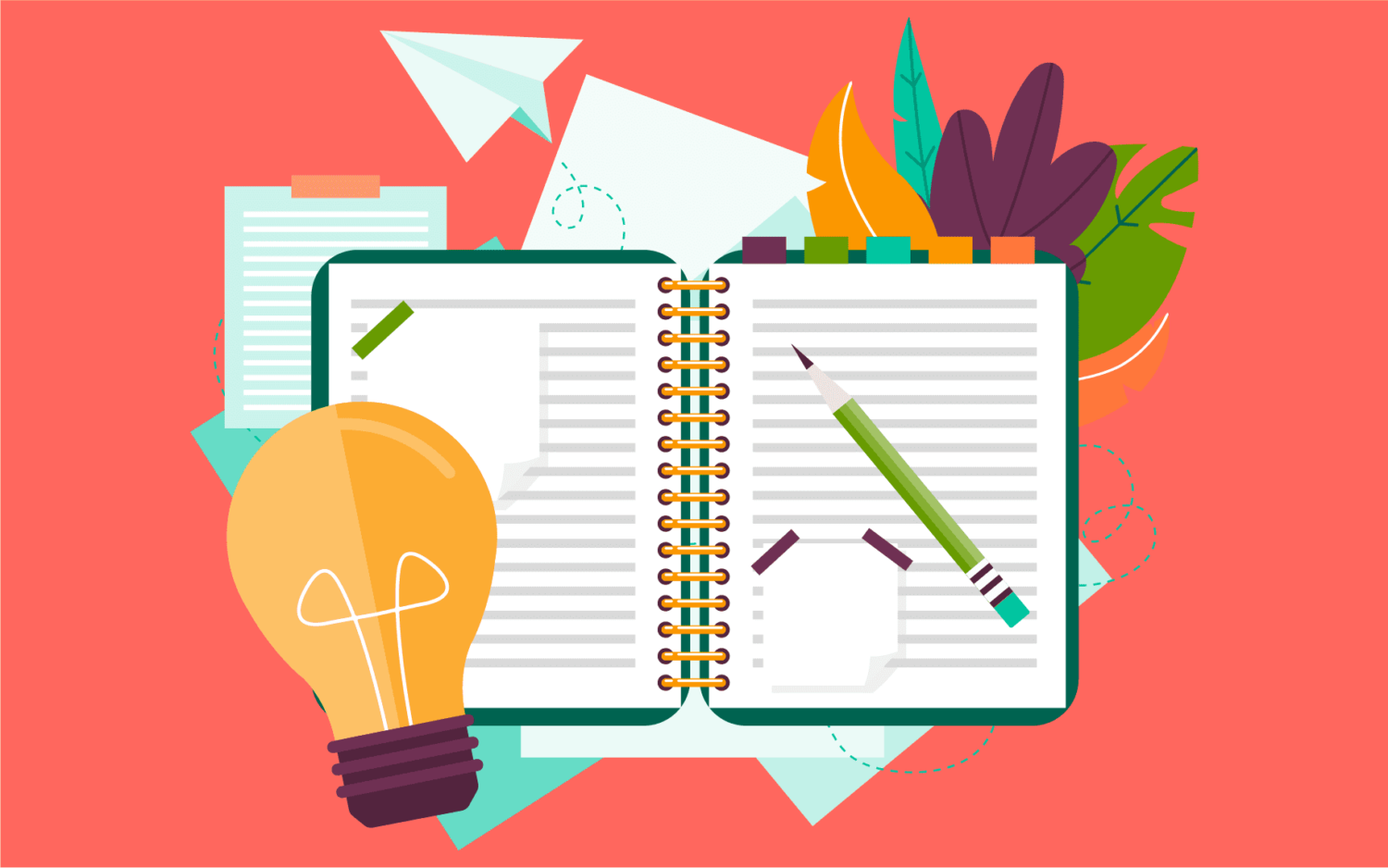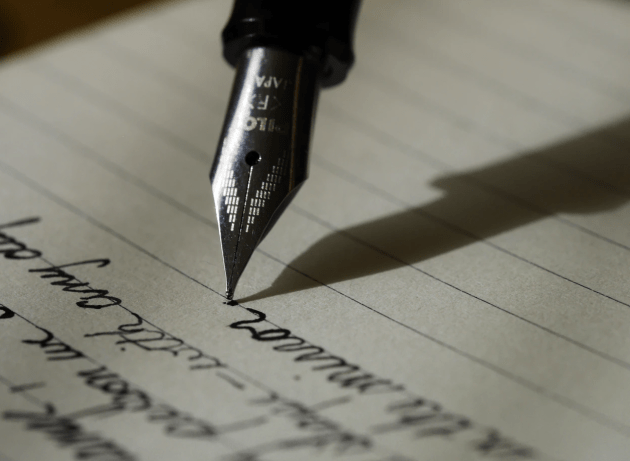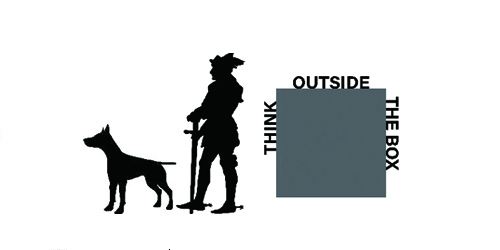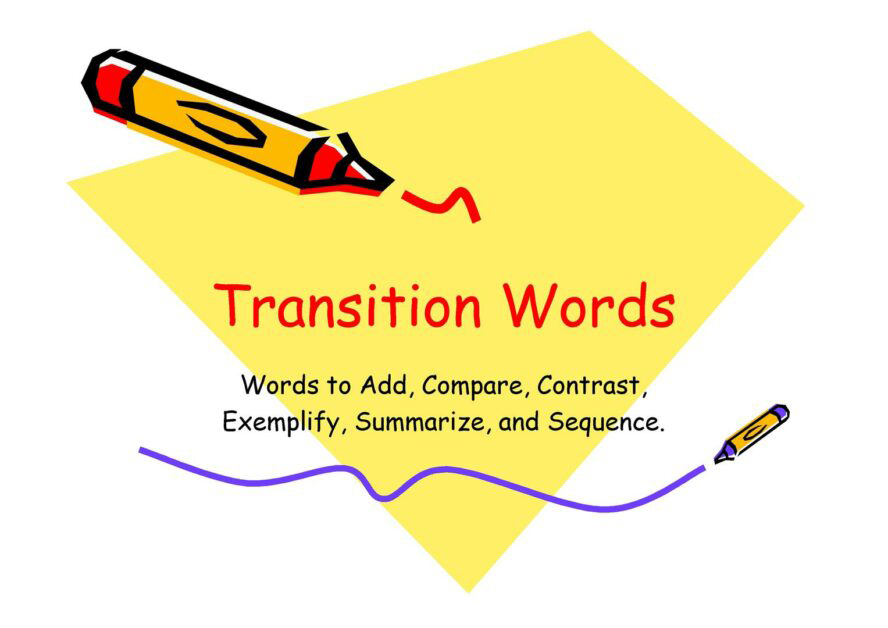Articles
Writing Tools
- Mar 30, 2023
- Albert Yu

Alliteration – a repeated consonant sound:
Goofy Gavin grabbed a green grape.
Assonance– a repeated vowel sound:
Hi ho, hi ho, it’s off to work we go.
Onomatopoeia– the sound of a word mirrors its meaning:
Clunk! Whoosh! Screech! Boing!
Simile– the comparison of two things using ‘like’ or ‘as’:
as flat as a pancake, as strong as an ox
Metaphor– the comparison of two things, saying one is the other:
The moon is a white balloon, he is a walking dictionary
Personification– inanimate objects are given human characteristics:
The moon played hide and seek with the clouds.
Colloquial– informal language often used in character’s speech:
“Nah. I’m gonna get it tomorrow,” replied Sam.
Figurative– words that do not have the same meaning as their literal meaning:
Our teacher told us to pull our socks up. (To try harder)
Idiom– an expression that has a meaning only known to a particular group of people:
It’s raining cats and dogs. It’s a piece of cake.
She let the cat out of the bag. Cool as a cucumber.
Hyperbole– an outrageous exaggeration that emphasises a point in a ridiculous or funny manner:
You could have knocked me over with a feather. / She is running faster than the wind.
Symbolism– is used to express an abstract idea using an item or word.
We had to put out a red alert. / A storm brewing on the horizon.
Puns– are a play on words. They add an extra meaning to a subject and are often seen as a form of joke or to be humorous.
A horse is a very stable animal. / A skunk fell in the river and stank to the bottom.












